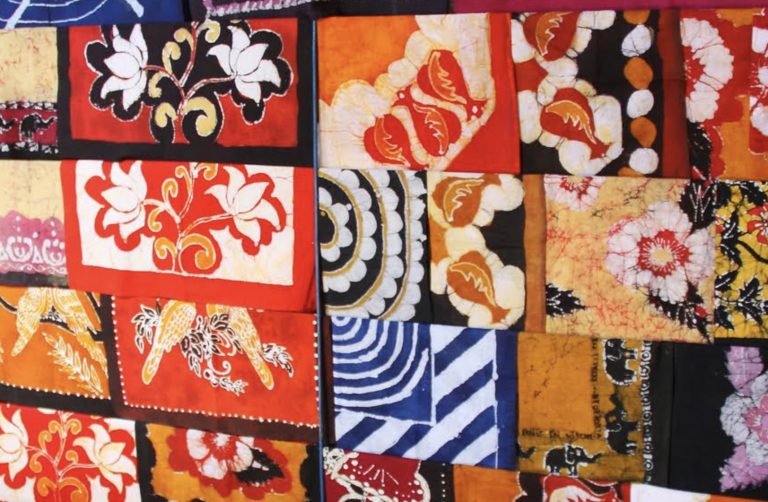Sri Lanka is home to some of the most beautiful handwoven looms and batik garments. Although we often associate Sri Lanka with charitable aid, it is actually home to some of the most stunning and unique fashion statements. Typically, women in Sri Lanka wear sarees, whereas men wear sarongs; each of which are finely crafted to reach a gorgeous finish. However, in this day and age, people of Sri Lanka even incorporate some western influences into their traditional style. As a result, contemporary fashion in Sri Lanka is ever evolving, meaning that there’s something new to be learned each day.
Story Stages
Colour
It can’t be denied that colour has always been a huge factor of Sri Lankan fashion. Bright colours are used in a way that isn’t overpowering, and instead it’s ensured that each colour compliments one another. For example, you might find that blues are placed alongside oranges and yellows, whilst reds work with pinks and purples. Although these aren’t typical colour pairings in the west, they work extremely well together when done right. In Sri Lanka, they often present these colours in a variety of geometric prints, which ensures a clean finish.
Sarees
A lot of women in Sri Lanka wear a saree every day, whilst others wear them for work purposes. For example, office women and schoolteachers are usually required to wear sarees. However, contemporary designers often modernise the garment through tie-dye techniques or modern linen. Similarly, batik designs and handwoven cotton fabrics are all the rage with contemporary designers. When it comes to special occasions, women in Sri Lanka will often get themselves a new saree. Much like western dresses, you’ll find sarees for both everyday wear and special occasions.
Sarongs
A sarong is the traditional male garment in Sri Lanka and is originally a tube of fabric that gets folded and tied at the waist to form different lengths. In Sri Lanka, men from all walks of life wear sarongs, whether it be in a traditional or contemporary fashion. As with sarees, modern designers have re-adapted the sarong in a variety of ways, introducing the likes of denim and astronaut prints.
Batik
Batik refers to the concept of drawing patterns on clothing using wax and soaking the garment in colourful dyes. This idea was brought to Sri Lanka from Indonesia over 100 years ago and has dominated the contemporary fashion sphere in Sri Lanka since. This technique allows designers to seamlessly tread the balance between traditional and contemporary practices.
Linen
The weather is Sri Lanka is rather hot, meaning that lightweight fabric is an essential; linen is the perfect example of this. Delicate, clean-cut, and simple are among the best terms to describe linen, which is why its used to craft sarongs, dresses, and shirts alike.
Sustainable Practices
Sustainability is something that has swept the fashion industry as of recent, with consumers and designers alike being more aware of their impact on the environment. Despite this, huge corporations still tend to burn unwanted fabric or send it to landfills. However, in Sri Lanka, these leftover materials are used to make additional garments, reducing waste and helping the environment.
Handwoven Garments
The handloom has been used for centuries in Sri Lanka when it comes to crafting sarongs and sarees. On top of this, companies are now using them to make the likes of duvets, table covers, placemats, and napkins. This intricate craftmanship is displayed through the finish garment, leaving you with a charm that is unmatched by industrial production.
It’s no wonder why Sri Lanka is so fashion forward when it comes to this hybrid of old and new practices that create something beautiful.
